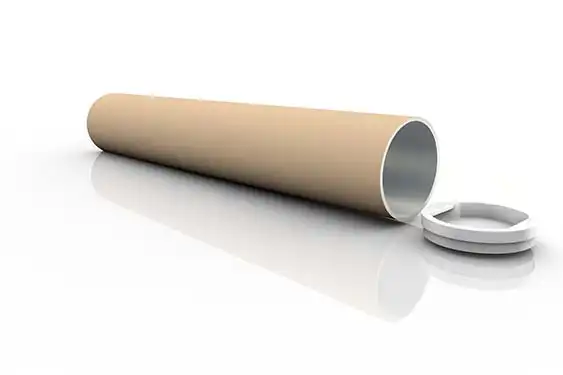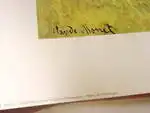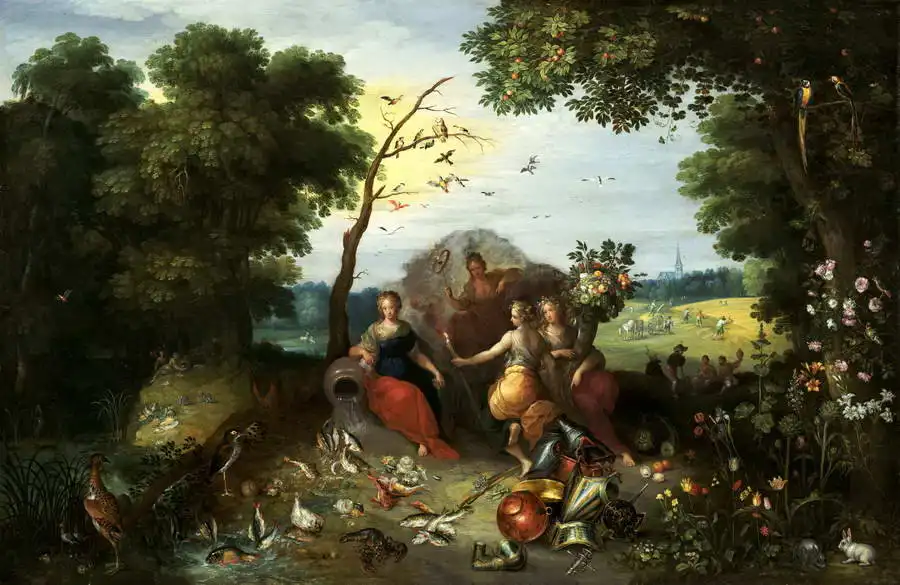About this finishing
Print. The image is printed on the top quality 10-ink HP Z9PS printer on HP matte 270 g / m2 paper. You can choose any size to an accuracy of 1 cm. A margin of 5 cm around the image is added to the size of the motif.


You can find a detailed description about our finishings
here.
Landscape with four elements allegory
Date:
1635Medium:
oil on boardLocation:
The J. Paul Getty Museum, Los AngelesDimensions:
81.3 x 52.7The four seated women represent water, air, earth and fire - the four main elements - and are surrounded by beautiful and lush nature. The fish leaping from the large pouring jug and the cornucopia held by the woman on the right are meant to symbolize the element of water and earth. The remaining two elements, fire and air, are said to be represented by fighting birds in the sky, which symbolize the inviolability and intangibility of both elements. Although this painting gives a harmonious impression, it is actually a collaboration between two artists,
Jan Brueghel the Younger , who won here with the landscape, and Frans Francken, who portrayed the four female figures in detail. This type of collaboration was quite common in the 17th century, and specifically these two painters created together repeatedly.
Brueghel painted picture Landscape with four elements allegory in 1635. Prevailing color of this fine art print is dark and its shape is landscape. Original size is 81.3 x 52.7. This art piece is located in The J. Paul Getty Museum, Los Angeles. This image is printed on demand - you can choose material, size and finishing.
Jan Brueghel the Younger (1601-1678). Flemish
Baroque painter, son of
Jan Brueghel the elder and grandson of
Pieter Brueghel the elder. He apprenticed with his father and continued in his style for his entire career. Together with his brother Ambrosio, he painted landscapes - allegorical scenes with an emphasis on sophistication and detail. He also copied the works of his father and sold them with his signature. They are distinguishable by their weaker sophistication and lighter shades. He also painted for the Viennese imperial court and collaborated with other painters of his time (
Rubens, Hendrick van Balen (1575-1632), Adriaen Stalbemt (1580-1682), Lucas Van Uden (1596-1672) and others).


